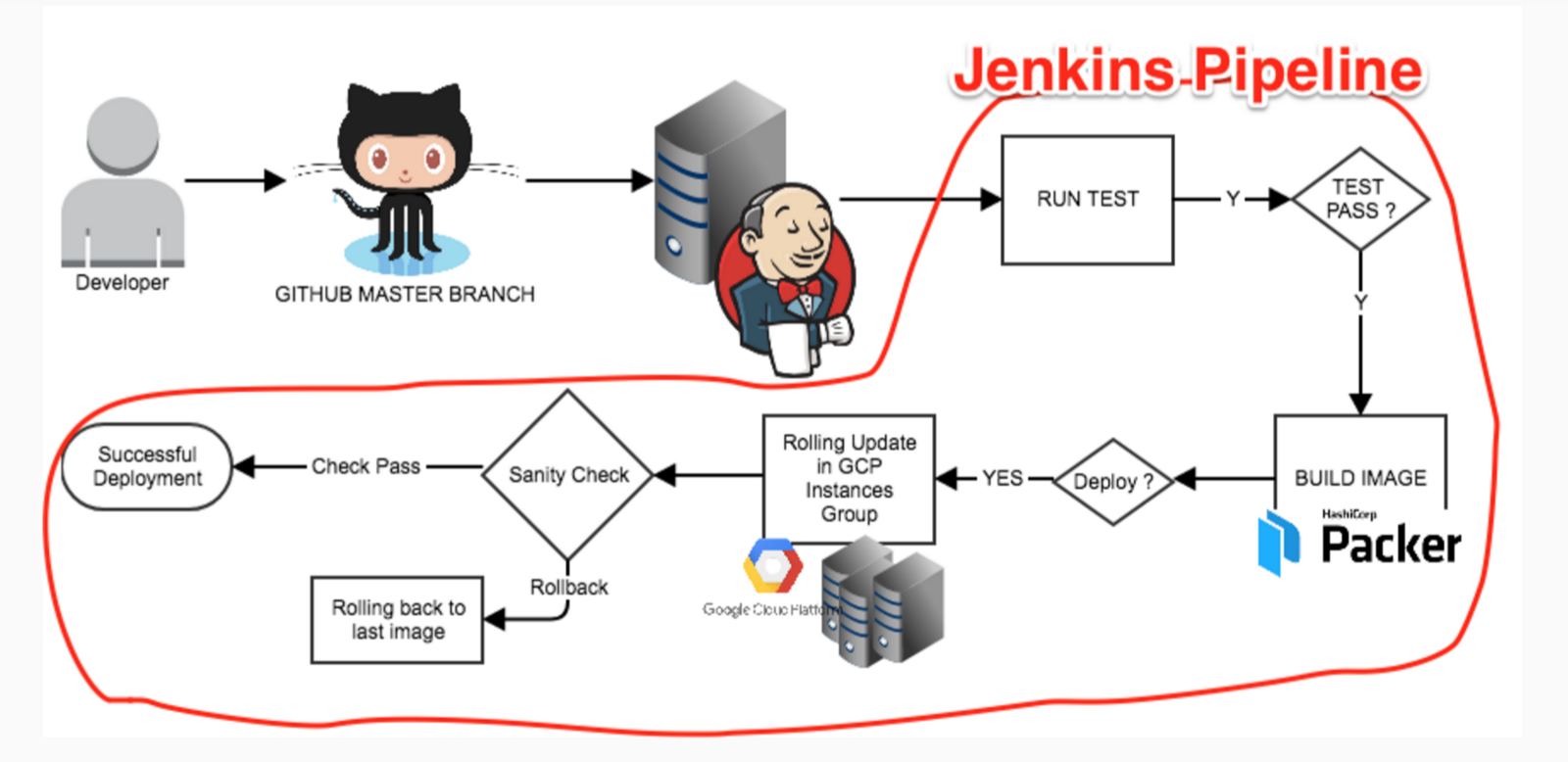- Python-gitlab is a Python package providing access to the GitLab server API. It supports the v4 API of GitLab, and provides a CLI tool (gitlab).Installation.
- Feb 05, 2021 Put your script to.gitlab-ci.yml and push your code – that’s it: CI triggers a job and your commands are executed. Now, let's add some context to our story: Our website is small, there is 20-30 daily visitors and the code repository has only one branch: master.
If you’re using GitLab CI to build your software, you might also want to use it to build Docker images of your application.This can be a little tricky, because by default GitLab CI runs jobs inside Docker containers.
The standard technique for getting around this problem is using Docker-in-Docker, but you can also use a simpler technique by using Podman, the reimplemented version of Docker.Let’s see why and how.
Option #1: Docker-in-Docker
Mar 10, 2021 Running GitLab CI via Docker Locally. Only add your.gitlab-ci.yml file to your project, create a new branch, push it, create a Merge Request, and if you like, the CI will kick in, with several parallel jobs. The CI would not let me fail, even though I forgot to run my tests. Do this by specifying an image in your.gitlab-ci.yml file. Run other services, like MySQL, in containers. Do this by specifying services in your.gitlab-ci.yml file. Register a runner that uses the Docker executor. To use GitLab Runner with Docker you need to register a runner that uses the Docker executor.

When you run the docker command-line tool, it is actually not doing much work itself.Instead, it talks to dockerd, a daemon or server typically running on the same machine where you’re running the CLI.The actual work of running a container or building an image is done by dockerd.
When you want to run docker inside GitLab CI, you face the issue that GitLab CI jobs typically run as Docker containers.So you can’t just rely on a normal dockerd being available as you would, for example, in a virtual machine.
To help with this scenario, there’s a Docker image that runs dockerd for you: docker:dind.Once that is running, you can point docker at that running daemon and issue commands like docker build.
In the context of GitLab CI, your jobs can run services, which are also Docker containers.So we can configure .gitlab-ci.yml to run docker:dind as a service in a job:
In this case, the service is given the hostname alias dockerdaemon.You also need to tell the docker CLI how to find the server, which you can do via an environment variable DOCKER_HOST, as well as set a couple of other variables that make it work, and work faster:
A full configuration that builds an image and pushes it to the GitLab image registry corresponding to the GitLab CI repository looks like this:
For more details see the relevant GitLab CI documentation.
A working example

I’ve set up an example repository that contains this configuration.Here’s what the Dockerfile looks like:
Like most GitLab repositories, it has a corresponding Docker image registry, and you can run the image built by the above configuration like so:
Note: Outside the very specific topic under discussion, the Dockerfiles in this article are not examples of best practices, since the added complexity would obscure the main point of the article.
To ensure you’re following all the best practices you need to have a secure, correct, fast Dockerfiles, check out the Python on Docker Production Handbook.
Option #2: Podman
Podman is a reimplemented version of Docker from RedHat.It supports the same command-line options, but has a fundamentally different architecture: unlike Docker, there is no daemon by default.The CLI does all the work itself.
Gitlab Ci Docker Image
That means we can do a much simpler GitLab CI config, without the service running the daemon:
Notice all we had to do was change the docker command-line to do podman instead; they basically accept the same options.
A working example
The same example repository is also configured to use Podman.Again, you can run the resulting image:
Docker-in-Docker (DinD) vs Podman
Which of these two should you choose?DinD gives you access to BuildKit, which has some useful features and performance improvements; Podman does not support all of them yet, though it does support build secrets.
Gitlab Ci Python Docker Download
On the other hand, running the DinD daemon adds some overhead, since another image has to be downloaded; the DinD build adds another 20 seconds of fixed overhead in my test.For less trivial builds this overhead probably will be overwhelmed by other factors.
If you don’t care about BuildKit’s additional features, using Podman is just a little bit simpler while offering the same user experience.Finally, you could look into Buildah, which is how podman build is implemented: it’s a tool specifically focused only on building images.



